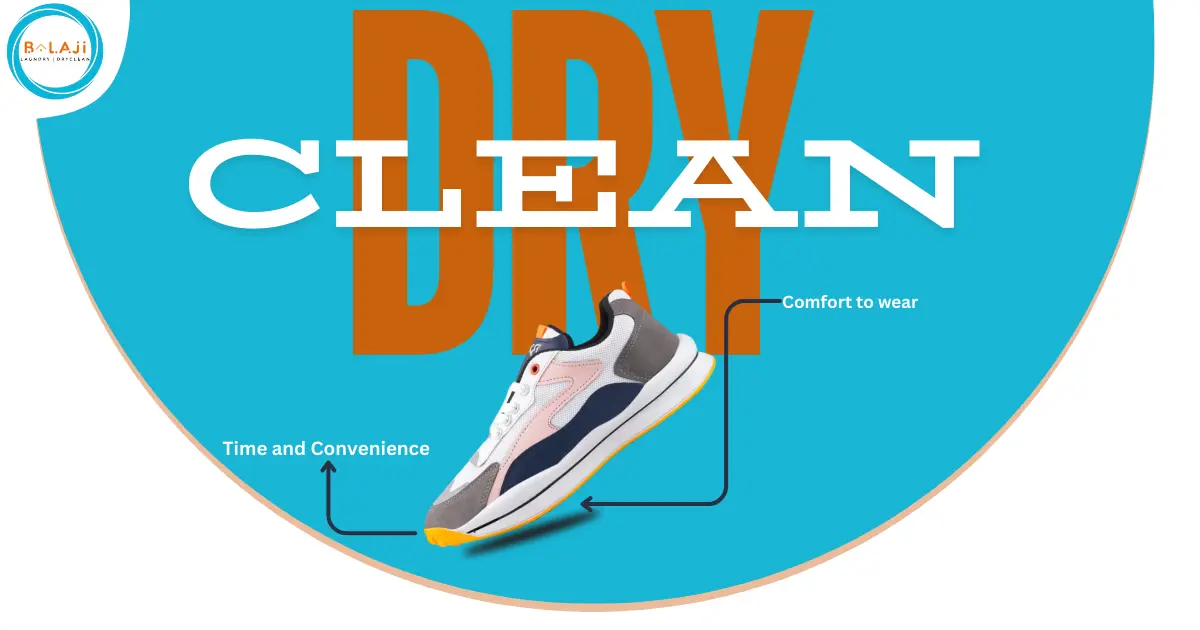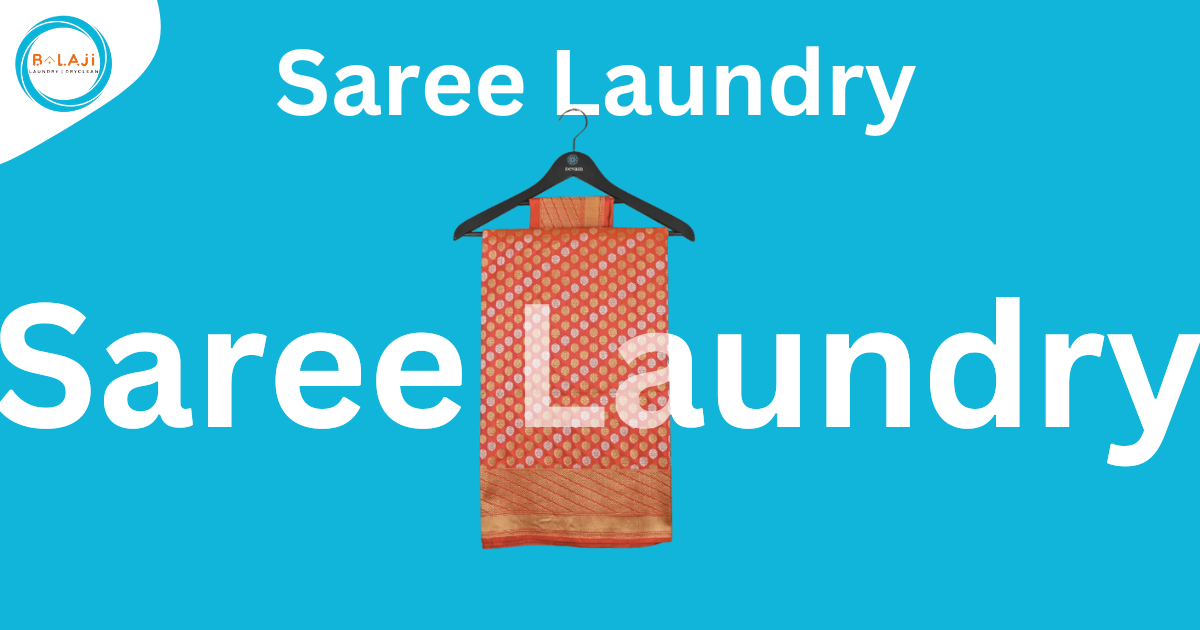The Ultimate Guide to Dry Clean Shoes at Home
Shoes are more than just an accessory; they play a significant role in our daily lives, offering protection and style. However, keeping them clean can be a daunting task, especially with the traditional methods that often involve water and can lead to mess and damage. Enter the dry clean method – an efficient, mess-free approach to maintaining your shoes in top condition. In this comprehensive guide, we will explore every aspect of dry cleaning shoes at home, ensuring you have all the knowledge and tools to keep your footwear looking fresh and new.
Outline
| Heading | Sub-headings |
|---|---|
| Introduction to Dry Cleaning Shoes | Importance of Dry Clean Shoes at Home |
| What is the Dry Clean Method? | Definition, Differences from traditional methods |
| Advantages of Dry Cleaning Shoes | Convenience, Effectiveness, Environmentally friendly |
| Essential Materials | Basic items, Optional tools |
| Step-by-Step Process | Preparation, Application, Final touches |
| Dry Cleaning for Various Shoe Types | Leather, Suede, Fabric, Synthetic |
| Tackling Stubborn Stains | Advanced tips, Preventive measures |
| Maintaining Shoe Longevity | Regular care, Seasonal tips |
| Common Pitfalls to Avoid | Overuse of products, Improper techniques |
| Frequently Asked Questions | FAQ 1-6 |
| Conclusion | Summary, Final thoughts |
Introduction to Dry Cleaning Shoes
Shoes often endure a lot of wear and tear, accumulating dirt and stains that can detract from their appearance and lifespan. Dry Clean Shoes at Home methods involving water and detergents can be effective, they are not always practical and can sometimes cause more harm than good, especially for delicate materials. dry clean at Home method offers a hassle-free alternative that leverages specialized products and techniques to Dry Clean Shoes at Home without the use of water. This method is particularly beneficial for those looking to preserve the quality and look of their footwear with minimal effort.
What is the Dry Clean Method?
The dry clean method is a shoe cleaning technique that uses minimal to no water, relying instead on dry cleaning agents and tools designed specifically for footwear. This method involves using powders, foams, and specially formulated cleaners that can absorb and lift dirt and stains from the shoe’s surface. Unlike traditional methods that often require scrubbing and rinsing, Dry Clean Shoes at Home approach is gentler and safer for a variety of shoe materials, including leather, suede, and fabric.
Advantages of Dry Cleaning Shoes at Home
There are several compelling reasons to adopt Dry Clean Shoes at Home method for your shoe care routine:
- Convenience: Dry cleaning shoes at home is a straightforward process that requires minimal setup and cleanup. This makes it ideal for those with busy schedules or limited time for extensive shoe care routines.
- Effectiveness: Dry Clean Shoes at Home specifically designed to tackle common shoe stains and dirt, providing effective results without the risk of water damage.
- Environmentally Friendly: By reducing water usage and eliminating the need for harsh chemicals, dry cleaning shoes is a more sustainable option that aligns with eco-friendly practices.
- Material Preservation: Delicate materials like suede and leather can be easily damaged by water. Dry Clean Shoes at Home method ensures these materials are cleaned without compromising their integrity.
Essential Materials
To effectively dry clean your shoes at home, you will need a few key materials:
- Dry Cleaning Agents: These can come in various forms, such as powders, foams, or sprays, and are formulated to lift dirt and stains without water.
- Soft Brushes: A soft-bristled brush is essential for gently removing surface dirt and applying cleaning agents.
- Microfiber Cloths: These are perfect for wiping down shoes and ensuring an even application of cleaning products.
- Protective Sprays: Optional but recommended, these sprays can help shield your shoes from future stains and wear.Dry Clean Shoes at Home
Optional tools include:
- Shoe Trees: These help maintain the shape of your shoes during the cleaning process.
- Detailing Brushes: Useful for cleaning intricate designs and hard-to-reach areas.
Step-by-Step Process Dry Clean Shoes at Home
Here is a detailed, step-by-step guide to dry cleaning your shoes at home:
Preparation: Start by removing any loose dirt or debris from your shoes using a soft brush. This initial step ensures that the cleaning process is more effective and prevents dirt from being rubbed into the material.
Application: Apply a small amount of the dry cleaning agent to a microfiber cloth or directly onto the shoe, depending on the product instructions. Gently rub the agent into the shoe’s surface, focusing on areas with visible stains or dirt. Use circular motions to lift and remove contaminants without damaging the material.
Brushing: For shoes with stubborn dirt or intricate details, use a soft-bristled brush to work the cleaning agent into the fabric. This helps to dislodge dirt particles and ensures a thorough clean.
Wiping Down: After applying the cleaning agent, use a clean microfiber cloth to wipe down the shoe. This will remove any excess product and dirt, leaving the shoe looking refreshed.
Finishing Touches: If desired, apply a protective spray to the shoe to help guard against future stains and wear. Allow the shoe to dry completely before wearing it again.

Dry Clean Shoes at Home Various Shoe Types
Different shoe materials require slightly different approaches when it comes to dry cleaning. Here’s how to handle the most common types:
Leather Shoes: Leather is durable but can be sensitive to water. Use a dry cleaning foam specifically designed for leather. Apply the foam, let it sit for a few minutes, and then wipe off with a microfiber cloth. Buff with a soft brush to restore shine.
Suede Shoes: Suede is particularly prone to water stains. Use a dry cleaning powder or suede-specific cleaner. Gently brush the powder into the suede, let it sit, and then brush off. A suede brush can help restore the nap.
Fabric Shoes: Fabric shoes can be cleaned using a foam or powder cleaner. Apply the product, brush gently, and wipe off. For tough stains, use a gentle scrubbing brush.
Synthetic Shoes: Synthetic materials are generally more robust. Use a general-purpose dry cleaner, apply, brush, and wipe down. Synthetic shoes can often handle a bit more vigorous cleaning.
Tackling Stubborn Stains
Some stains require a bit more effort to remove. Here are some advanced tips for dealing with tough spots:
Oil and Grease Stains: Apply a dry cleaning powder directly to the stain and let it sit to absorb the oil. After a few hours, brush off the powder and repeat if necessary.
Ink Stains: Use a specialized ink remover or rubbing alcohol applied sparingly with a cotton swab. Dab, don’t rub, to lift the ink without spreading it.
Grass Stains: For fabric shoes, apply a dry cleaning foam and let it sit. Gently scrub with a brush and wipe off. Repeat if needed.
Maintaining Shoe Dry Clean Shoes at Home
Regular care is crucial for maintaining the longevity of your shoes. Here are some tips:
- Regular Cleaning: Don’t wait for shoes to get heavily soiled. Regular light cleaning can prevent the buildup of dirt and stains.
- Seasonal Care: Adjust your shoe care routine based on the season. For instance, apply waterproofing sprays before the rainy season to protect your shoes from water damage.
- Proper Storage: Store shoes in a cool, dry place. Use shoe trees to maintain their shape and keep them in dust bags to protect from dust and light exposure.
Common Pitfalls to Avoid Dry Clean Shoes at Home
When dry cleaning your shoes, avoid these common mistakes:
- Overuse of Products: Using too much cleaning agent can lead to residue buildup and damage the shoe material. Follow product instructions carefully.
- Improper Techniques: Scrubbing too hard or using the wrong type of brush can damage delicate materials. Always use gentle, circular motions and appropriate tools for the shoe material.
- Neglecting Regular Care: Infrequent cleaning can lead to stubborn stains and more intensive cleaning needs. Regular, light cleaning is more effective and less damaging over time.
Frequently Asked Questions for Dry Clean Shoes at Home
How often should I dry clean my shoes?
It depends on how often you wear them and the conditions they are exposed to. Regular light cleaning after every few wears is recommended, with more thorough cleanings as needed.
Can I use household items for dry cleaning my shoes?
While some household items like baking soda can be used for odor control, it’s best to use products specifically designed for shoes to avoid damage.
Is Dry Clean Shoes at Home?
The dry clean method is safe for most materials, but always check the product instructions and test on a small area first.
What should I do if my shoes get wet after dry cleaning?
Allow them to dry naturally in a cool, dry place. Avoid direct heat sources which can cause damage.
Can I dry clean athletic shoes?
Yes, athletic shoes can be dry cleaned using the appropriate products and techniques. Focus on removing surface dirt and use a protective spray if desired.
Do I need to condition my shoes after dry cleaning?
For leather and suede shoes, applying a conditioner or protective spray after cleaning can help maintain the material’s integrity and appearance.
Conclusion
Dry Clean Shoes at Home is an efficient, convenient, and effective way to keep your footwear looking its best. By using the right materials and following the proper techniques, you can ensure your shoes remain in pristine condition without the hassle of traditional cleaning methods. Regular maintenance, attention to detail, and avoiding common mistakes will extend the life of your shoes, keeping them stylish and presentable for years to come.



